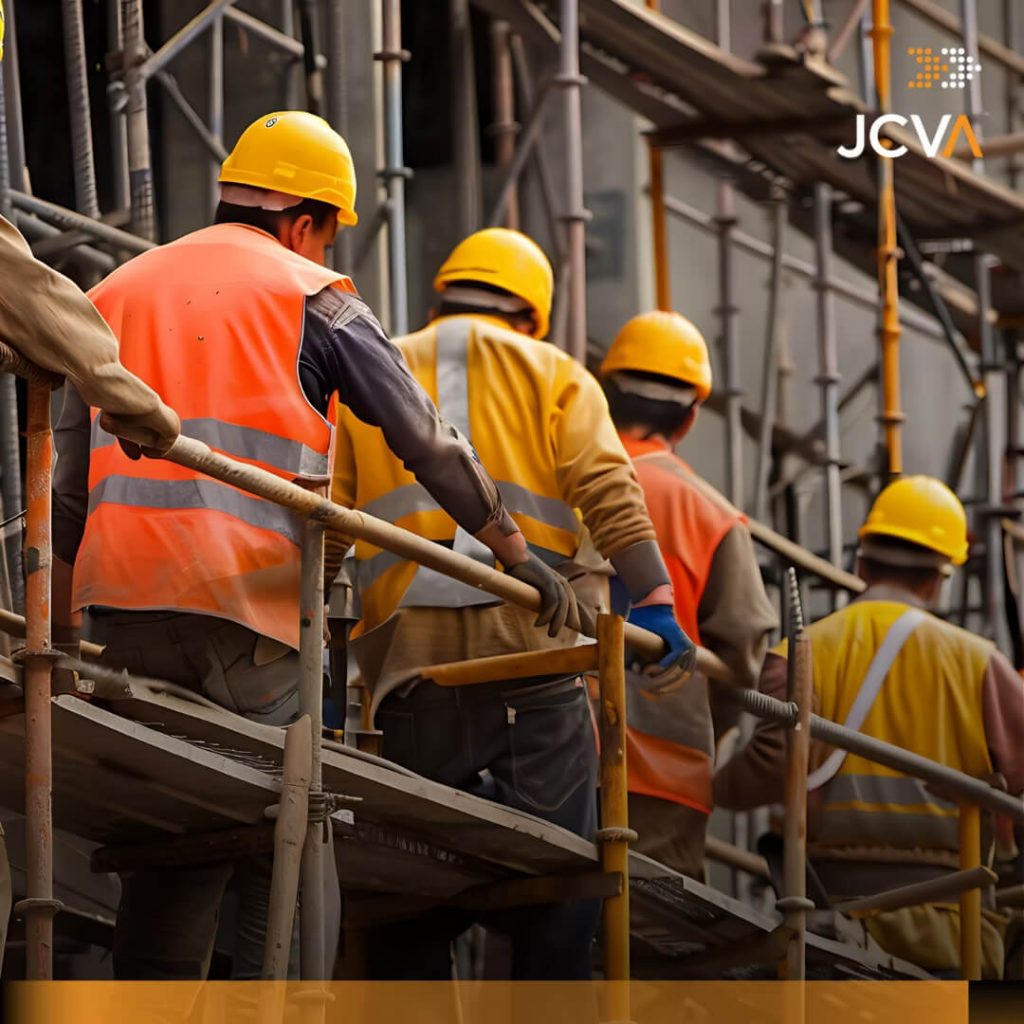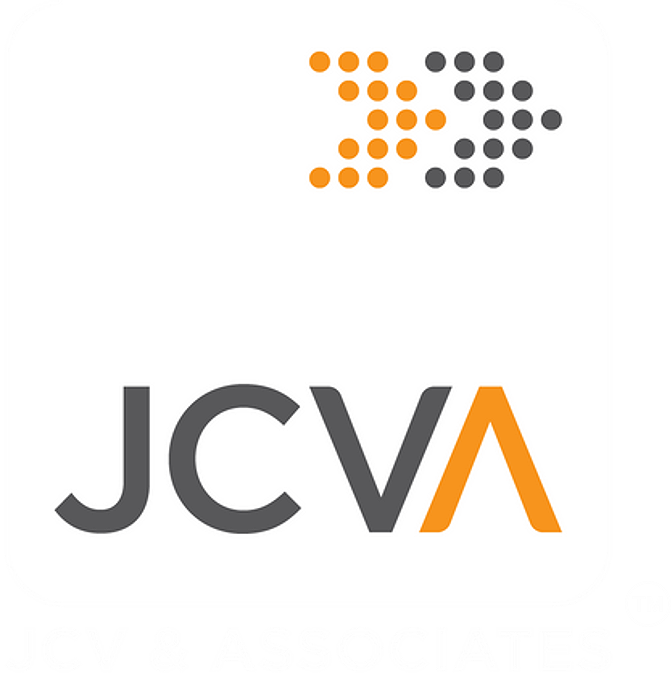
This week, we are putting the spotlight on safety. The importance of safety in construction cannot be understated. It is one of the main cornerstones of operational efficiency and worker welfare. Every year, safety protocols help prevent thousands of potential accidents and ensure that each worker returns home safely to their loved ones at the end of each day. Check out how the Philippine construction industry emphasizes safety inside the job site!
As required by the Department of Labor and Employment (DOLE), construction management firms must have a comprehensive safety plan to ensure the well-being of workers onsite. Safety planning in construction is a critical step that begins before the first worker ever sets foot on site and continues daily until project completion. At the onset of each project, a Job Hazard Risk Assessment is performed to proactively identify potential risks throughout the construction activities. This comprehensive assessment outlines the hazards associated with various tasks and suggests appropriate measures to mitigate these risks and ensure a safer work environment from the ground up. Additionally, a Job Safety Analysis is conducted by the foreman or supervisor to review the specific hazards the workers might encounter at work, which can vary based on their tasks and the environment. This ongoing dialogue about real-time risks reinforces a culture of safety and keeps the awareness and preparedness of the workers sharp. This, in turn, can significantly reduce the likelihood of accidents.
Safety monitoring at the construction site is a multi-layered process that ensures the implementation and effectiveness of safety measures throughout the lifespan of a project. A key component of this monitoring is the Safety Inspection Report, prepared by the contractor’s safety department. This report serves as an internal tool to verify the ongoing adherence to safety protocols. Following these reports would be the Safety Walkthroughs. These walkthroughs are critical for identifying any hazards, unsafe acts, or conditions on the site, allowing for timely corrections and interventions to maintain a safe working environment. Lastly, a more extensive Safety Audit is carried out across all company projects. This company-wide evaluation is conducted by the central safety department, and the findings are reported directly to the executive offices. This ensures that top-level management is informed of safety compliance and challenges, reinforcing the company’s commitment to safety from the highest levels.
Signages and gears play a very significant role in preventing accidents while working. Safety signs provide crucial information and warnings about potential hazards, directing traffic, marking off safe walkways, and indicating emergency exit routes. These signs must be clearly visible and understandable to everyone on site, acting as constant reminders of the risks present and the necessary precautions to take. On the other hand, personal protective gear is also equally important. Helmets, safety goggles, high-visibility vests, steel-toed boots, and hearing protection are just a few of the items that form the first line of defense against workplace injuries. This gear is specifically designed to protect workers from head injuries, flying debris, spills, and loud noises, thus maintaining a safe working environment. Together, safety signage and personal protective equipment ensure that safety standards are integrated into the daily routines of all site personnel.
Construction safety is more than just a compliance to law regulations. It’s one of the foundations of every successful construction project. From the intricacies of safety planning and monitoring to the crucial role of personal protective equipment and clear signage, each component contributes to a safer work environment. As we celebrate Construction Safety Week, let’s continue to champion these safety measures. May we remember that above everything else, safety is a commitment to the people who build our futures.
Here’s to maintaining vigilance and upholding safety standards that protect lives! Send us an email at technical@jcvassociates.ph or visit www.jcvassociates.ph/ehs-consultancy to learn more.
We manage risks, build strong stakeholder relationships, and deliver solutions that reflect global best practices, backed by deep local industry knowledge.
If you're looking for a reliable partner to bring your vision to life, JCVA is here to build it with you.

